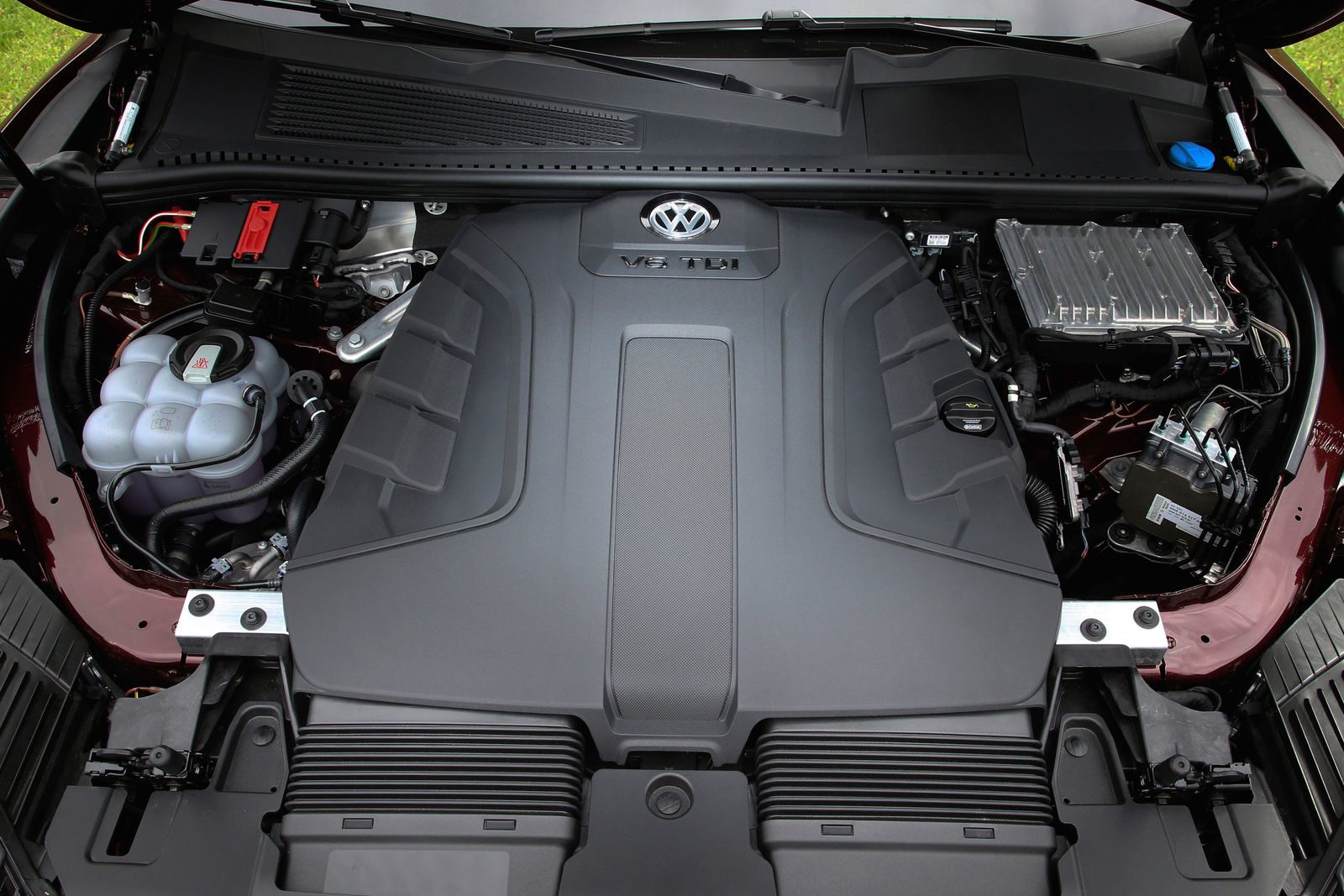Summary
- Diesel powered vehicles have steadily declined in sales over the past 1.5 decades
- Exacerbated by VW’s Dieselgate scandal and the rise of EVs
- The only sector that has maintained or even grown is heavy duty vehicles
- Even in heavy duty, companies are working to make EV and hydrogen fuel cell technologies applicable to displace diesel
- Looking at market trends, we believe that the only way to save diesel is to convert completely to bio-diesel
In recent years, the automotive industry has witnessed a notable shift in consumer preferences and market dynamics, particularly when it comes to diesel-powered vehicles. Due partly to the scandal that was VW’s “dieselgate,” as well as the rise of EV’s as a more economical choice, the decline in sales of diesel engine vehicles has been a prominent trend.
In fact, it has become such an issues that some manufacturers, such as Porsche, have stopped producing diesel vehicles outright. In this article, we delve into the key reasons behind the diminishing appeal of diesel engines and the market data associated with the decline.
No Subscription? You’re missing out
Get immediate ad-free access to all our premium content.
Get Started

